The Role of Kimbanda in Early Religious Practice in Angola: A Research Analysis
Introduction
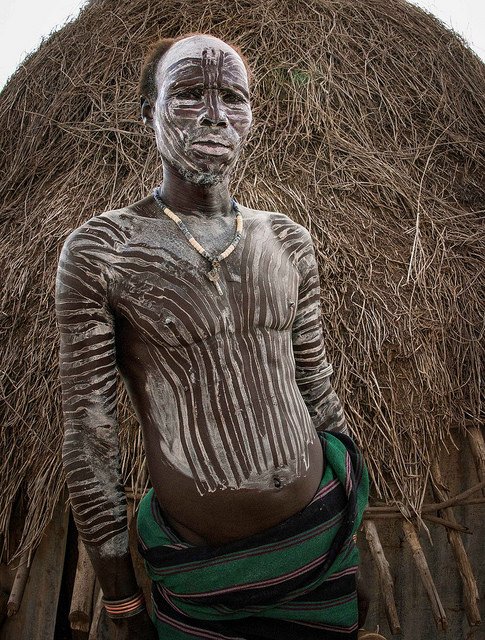
Source
Although most of African states flourished during the colonial period as providers of ivory, slaves, gold, palm oil, and other commodities to Europeans. The land of Africa has always been an interesting topic specially the pre-colonial period. It is essential to note that humans first evolved in Africa, walking upright about five million years ago and making the first tools about two and a half million years ago using the opposable thumb. Long before contact with Europe, several African states, including ancient Egypt, Aksum, ancient Ghana, Mali, Songhoy, Ile Ife, and the Benin kingdom, became well known in different parts of the continent.
Angola, the 7th largest country in Africa,is the home for Bantu people that settled in Angola between 1300 and 1600, and some may have arrived even earlier. The Bantu formed a number of historically important kingdoms that includes the Kongo and Kimbundu in the SouthwesternAfrica.There were as many indigenous religious systems in Angola as there were ethnic groups or even sections of ethnic groups[1]. Two or more ethnic groups might share specific elements of belief, ritual, and organizational principle, but the configuration of these elements would be different for each group or section.Most traditional African religions claim the existence of a high god, but this deity's attributes vary. These groups of people had played an important role in the evolution and rise of early African culture, tradition and religion.
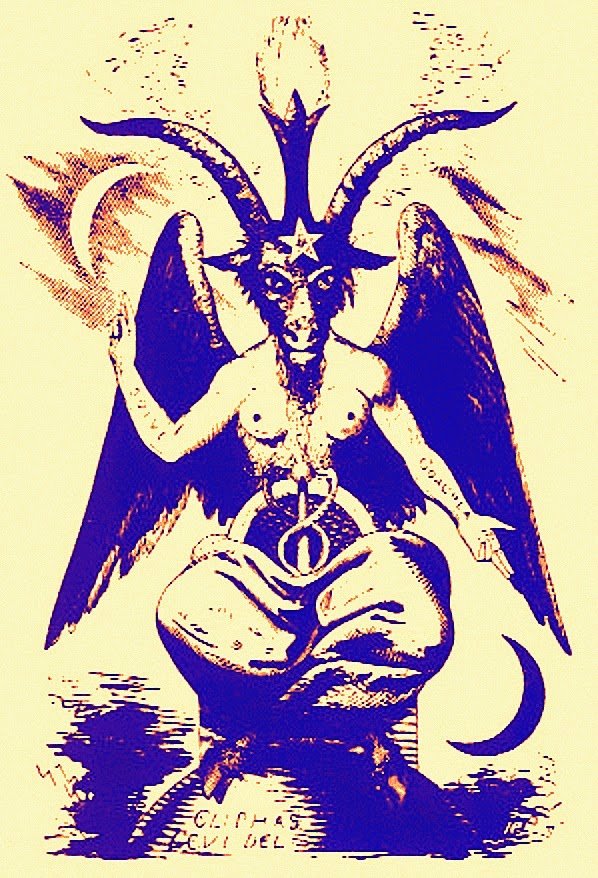
Source
Statement of the Problem
This statement of the problem provides the framework that anchors the research questions, hypotheses, or assumptions to follow. Thus introduce the reader to the importance of the topic being studied.
- What is a Kimbanda?
- What is the significance of Kimbanda to the early religious practices in Angola?
- How did this religious practice started and what does it symbolizes?
- To what extent did the practice of Kimbanda influences the people?
Result and Discussion
- What is a Kimbanda?
Kimbanda is an old religious system in Angola. The kimbanda is said to have inherited or acquired the ability to communicate with spirits. In many cases, the acquisition of such power follows illness and possession by a specific spirit. The proficiency and degree of specialization of diviners varies widely. Some will deal only with particular symptoms; others enjoy broad repute and may include more than one village, or even more than one province, in their rounds. Due to the Trans-Atlantic slaves, this practice was also brought to brazil by the African that later known to be Quimbanda.The term “Quimbanda” comes from the Kimbundu word “ki-mbanda” which refers to a healer-diviner involved in a cult of possession. The root of this cult is with the spiritual practices of the Kongo and Angola which was colonized by the Portuguese and bought to the new world via African slaves transported to Brazil.[2] Plus the greater the reputation of the kimbanda, the more he or she charges for services.
2.What is the significance of Kimbanda to the early religious practices in Angola?
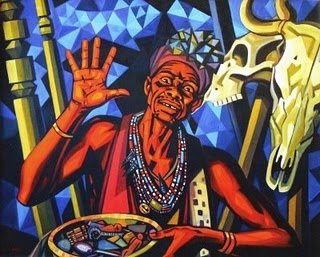
Source
The Kimbanda and the one who practice and believed in this had played a very crucial role as a form of communication to the early practice in Angola. The central role of the kimbanda to the complex of beliefs and practices characterizing most indigenous religions that some sources, such as the Jornal de Angola, have applied the term kimbandism to indigenous systems when cataloging Angolan religions. Quimbanda works with two main entities, who in of themselves are legion, Exu and PombaGira. There are other spirits and deities that are honored, but Exu and PombaGira form the core of the spiritual court of Quimbanda. These two spirits are highly complex spirits whose nature is often difficult to convey into words. Ultimately however they are spirits of night and fire tied to natural sites of powers and lines of spiritual ancestry. They are called upon to carry out works of magic and divination. True to its Bantu roots, Quimbanda is a cult of posession in which Exu and PombaGiraride the mediums and Tata and provide prophecy, give advice and consultation to their devotees, and perform healings and magic. Without this dynamic connection between spirit and man there is no Quimbanda.[3]
3.How did this religious practice started and what does it symbolizes?

Source
The first mention of the actual Kimbanda was givien in the early tradition in 1800. Kimbanda was then foreseen as a bad and evil tradition that had been contacted by good and charitable work of Umbanda.[4] The Spirtiual root of Kimbanda can be found among the Bantu people of West and East of African region.The Kimbanda can be perceived as magico-religious tradition and is the most powerful Congo and Angolan magical practice found in the New World and is also known and revered as perhaps being the most dynamic, complicated early African practice. Another great way to define symbol is to note that the Kimbanda religious tradition is monotheistic. Monotheism is the belief in the existence of une Supreme God. Religious initiates of the Quimbanda religion refer to him as NzambiorNzambiMpungu, "Almighty God of the Great Celestial Mysteries and the Creator of the Heavens and the Earth"[5].Worship is an act of religious devotion usually directed to one or more deities.
4.To what extent did the practice of Kimbanda influences the people?
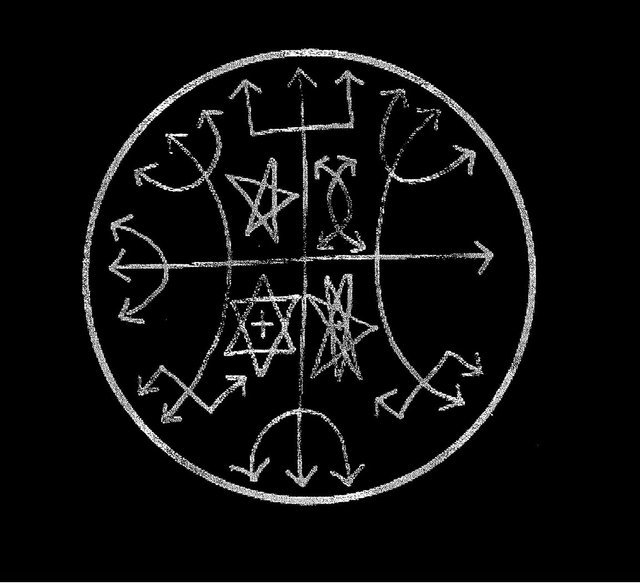
Source
Without a doubt, Kimbanda has been a crucial part of the Angolan society and has largely influence the new world when it was brought. It played an important role that to the extent it flourished in other part of the world specifically in Africa. The great African slave trade that lasted from 1514 - 1866 brought a lasting African cultural presence to Brazil and to the Americas.Kimbanda then was absorb and became an Afro-Brazilian religion practiced primarily in the urban city centres of Brazil. Quimbanda practices are typically associated with prayers and rituals associated with a mixture of various forms of spirituality. Before and even after the African diaspora, the present day religious faith of Quimbanda merged with other religious traditions and it is a mixture of ancient European Necromancy and Sorcery, Congo religious traditions, indigenous native Indian beliefs from the Amazon Rain Forest, European Spiritualism and the Jewish Kabbalistic magical religious tradition. Due to its great influence, Kimbanda not only became a religious practice but also paved way to more practices like Kimbandabecame fruition of multiple sorcerous impulses that were running through time in Brazil. In spite of much disagreement of the origin of kimbanda we can at least say that it was given a particular place with the formation of Umbanda in the 1920.
Conclusion
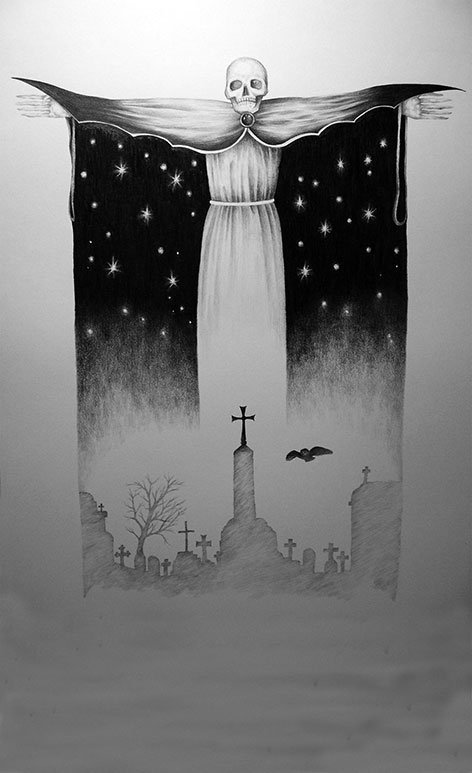
Source
Hence the emergence and the flourished of Kimbanda as a religious practice and over the course of 500 years of shaping in the New World, the Kimbanda faith, through spiritual evolution has emerged and become a very distinct religious belief that is widely accepted as a legitimate religious tradition.Although distinctly different from its original religious practice which had its roots in the African Congo, the religious concept is identical interms of religious structure and ritual practice. The Kimbanda practice shows the relevance of African culture and values to the contemporary society but maintain that these values throughout times as we assessed, and those found to be inimical to the well-being and holistic development of the society, be discarded. In this way, African culture and values can be revaluated, their relevance established and sustained in order to give credence to authentic African identity.
Sources:
Books
1.Bourbon, C. & Montenegro, G.(2001) The KimbandaGoetia. Archives from Xnla Publishing.
2.Frisvold, N.(2001)Kimbanda: The Complete Book of Art. Chadezroad Publication
3.Javier, S.(1998)Quimbanda. Retrieved on September 02, 2018 from http://houseofquimbanda.org/quimbanda/
4.Ventos, M.(2008)Ni Gira Do Exu: Invoking the Spirits of Kimbanda.Lulu Publishing.
Online Sources
1.Feira, Q.(2008) Origin of Kimbanda. Retrieved on September 1, 2018 from http://templeofkimbanda.blogspot.com/2008/08/origins-of-kimbanda.htmlFrisvold
2.Maslow, M (1997) the Nature of Kimbanda. Retrieved on September 02, 2018 from http://templeofkimbanda.blogspot.com/2008/08/initiation-in-kimbanda.html
[1.]Feira, Q.(2008) Origin of Kimbanda. Retrieved on September 1, 2018 from http://templeofkimbanda.blogspot.com/2008/08/origins-of-kimbanda.htmlFrisvold
[2]Frisvold, N.(2001)Kimbanda: The Complete Book of Art. Chadezroad Publication.
[3]Javier, S.(1998)Quimbanda. Retrieved on September 02, 2018 from http://houseofquimbanda.org/quimbanda/
[4]Ventos, M.(2008)Ni Gira Do Exu: Invoking the Spirits of Kimbanda.Lulu Publishing.
[5] Bourbon, C. & Montenegro, G.(2001)The KimbandaGoetia. Archives from Xnla publishing.
Posted from my blog with SteemPress : http://zam398.vornix.blog/2018/09/25/the-role-of-kimbanda-in-early-religious-practice-in-angola-a-research-analysis/